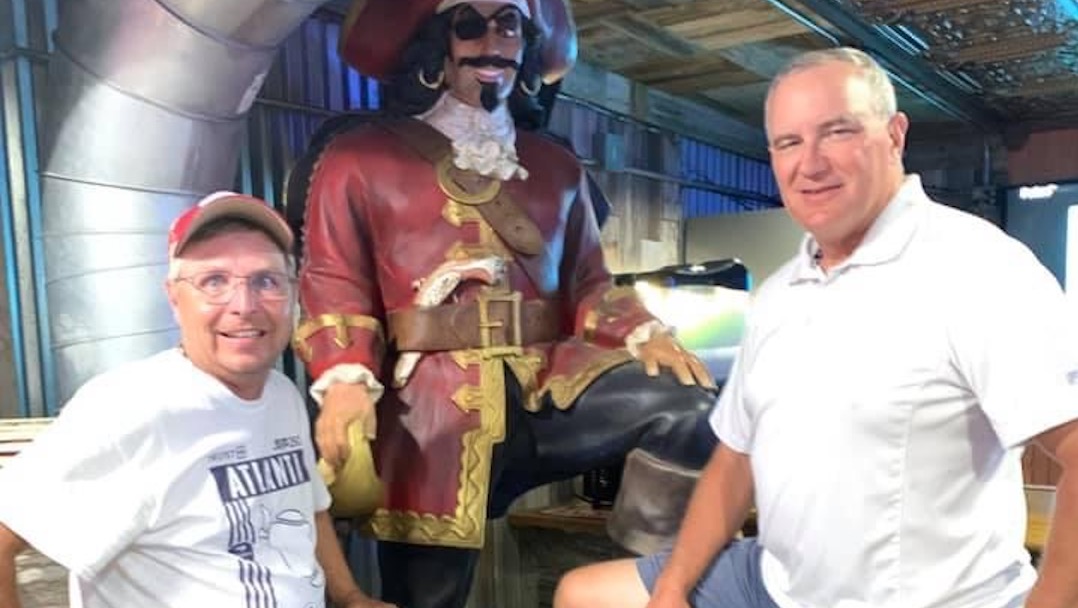For those who have never wandered over to this site’s “About” page, my formal education includes a couple of engineering degrees and an MBA. Consequently, my basic thinking pattern revolves around identifying problems and devising solutions in a structured, systematic, and analytical manner. The engineering thought process is typically shaped by technical knowledge, critical thinking, and a drive toward constantly making things a little bit better.
The word “problem” can carry a negative connotation. A more positive way to frame the objectives of engineering-oriented thinking is a drive to achieve a desired outcome. For example, Adult tennis has a problem that tournament participation has steadily declined over the past several years. Alternatively, a statement of a positive desired outcome would be to sustain and build Adult tournament participation. Either approach should drive solutions with the same objectives.
The engineering design process requires absolute clarity of the problem to be solved. A cautionary illustration comes from the early days of the television industry in the United States. One major manufacturer decided that the time it took to repair broken units was an issue. Their solution was to develop a TV with plug-and-play replaceable components. It was a colossal economic failure. As it turns out, consumers actually wanted more reliable products that didn’t fail in the first place. The manufacturer had devised an elegant solution based on an incorrect understanding of the problem.
Armed with a lifetime of engineering-oriented thinking, my default assumption is that new initiatives within the tennis ecosystem are designed to solve some perceived problem. In fact, I spend a lot of time trying to reverse engineer what it is that some of these new “solutions” are attempting to solve. That can sometimes be frustrating when I arrive at the conclusion that recent initiatives might be focused on the wrong things.
It is important to spend sufficient time and energy understanding the root causes of problems before jumping into developing solutions. That is true both for broader organizations as well as for individuals. The personal level is my focus of the ” Designing Your Tennis Life” series in 2024.
Now is the time to consider what personal tennis problems you would like to solve in the coming year. For those who prefer the more positive framing, what outcomes would you like to achieve in tennis in 2024. How can you best use your time on and off the court to maximize your own enjoyment of this great sport.
In other words, what problem can you solve that would bring you toward more positive outcomes in tennis? How can you intentionally design more enjoyment and fun into your participation in the sport?
What’s your problem.
Throughout 2024, I will be publishing a series of essays imaging how to apply the principles in ‘Designing Your Life: How to Build a Well-Lived, Joyful Life‘ (<- sponsored link), which is a non-tennis book that I have come to believe that everyone should read.
A chronological summary of all posts on this topic is available on the Designing Your Tennis Life summary page.




